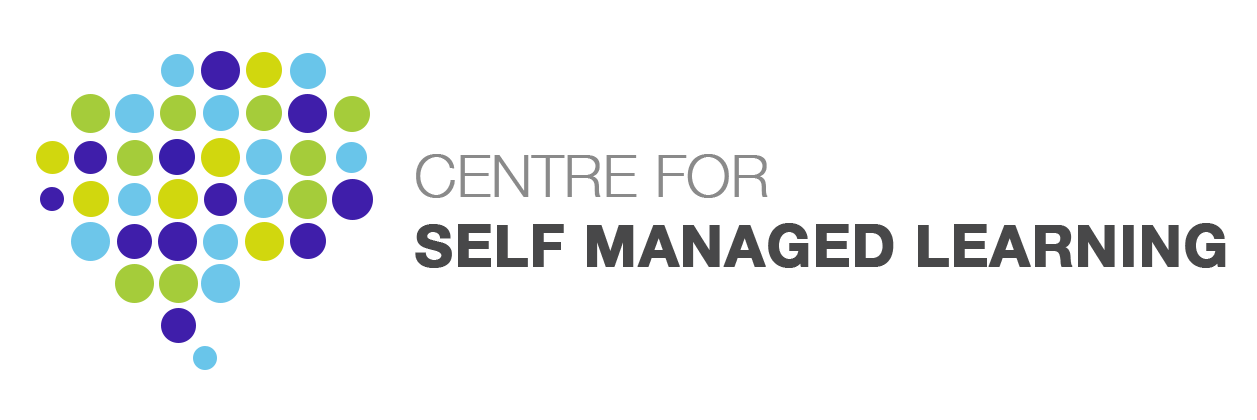In a world where there is growing pressure for increased results from fewer people, organisations have no option but to invest heavily in learning and development. The problem is that there is often no correlation between expenditure on training and development and pay-off for individuals and organisations.
Although everyone manages their own learning to some extent, it’s clear that just telling people to take charge of their own learning can be very inefficient. Whilst research indicates that the most effective leaders of major organisations have managed their own learning very well throughout their careers, most people need support to do this. This is what Self Managed Learning provides.
SML requires people to take responsibility for decisions about:
All of this is carried out in the context of live organisational needs. But organisational needs cannot be met without individuals feeling a personal sense of commitment to what is required by the organisation. You can compel someone to sit in a classroom, you can present someone with a blended learning solution – but you can’t guarantee what they will learn. The key requirement, then, seems to be to create a situation where learning is owned by the individual, is properly supported and at the same time is closely integrated with organisational needs.
Self Managed Learning (SML), created by Dr Ian Cunningham, has been applied within organisations at all levels since the early 1980’s. It has been tested and evaluated in the private, public and voluntary sectors and used at all levels from apprentices through to CEO’s.
Examples of the types of contexts in which Self Managed Learning has been used are:
All the SML programmes in the organisations mentioned above, ran in collaboration with Strategic Developments International (SDI), had in common a carefully thought through design that had to be well managed. SML needs to be part of a strategic approach to development and it needs the focused commitment of senior people in order to make it happen effectively.

























